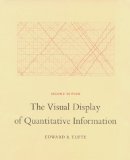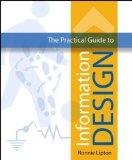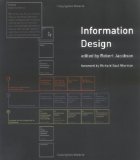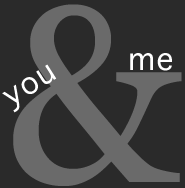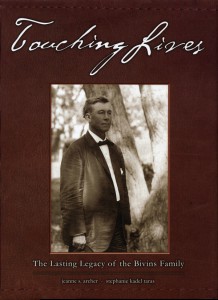“What is the best font to use for my book?”
That’s a question I hear frequently from writers who want to design their own books. And it’s not a bad question; it’s just usually raised at the wrong point in the process.
Before we can choose a font, we need to determine the kinds of information that will be in the book. In even the simplest books, there are usually chapter titles, perhaps chapter subtitles, body text, and captions. There are also page numbers, sometimes running heads and footers. Often there’s a table of contents, perhaps an index, a timeline and a family tree. These are all different kinds of information; they serve different purposes and often have a hierarcy of importance.
Identifying, naming, and classifying these different types of information is the preliminary thinking step that will eventually lead to making design choices about the appropriate typeface, size and color to assign to each of these pieces of information.
This combination of conceptual and design work has had the term information design applied to it since the early 1970s. As an introduction, let me recommend:
The Visual Display of Quantitative Information: 2nd edition by Edward R. Tufte
Edward R. Tufte‘s name is one of the first that comes to anyone’s mind when talking about information design. The Visual Display of Quantitative Information is his first and classic book and although his focus is more on taking raw statistical data and making it meaningful, this book is probably the best resource for shifting your head into thinking about information design. Any of his books, however, will provide excellent examples of thoughtful and well-executed information design in print.
The Practical Guide to Information Design by Ronnie Lipton brings it down to the working level. Her book is clearly divided into three sections: Audience, Words and Pictures, which pretty much covers the kinds of books we develop as personal historians.
Information Design by Robert Jacobson (Editor), forward by Richard Saul Wurman
If you are interested in a more theoretical or academic treatise on information design—and I know that some of you are likely to be—Information Design collects the thinking of both scholars and practitioners and covers the range of presentation venues: print, online, signage, multimedia, museums and other public spaces.



